May 14, 2025 | 09:20 GMT +7
May 14, 2025 | 09:20 GMT +7
Hotline: 0913.378.918
May 14, 2025 | 09:20 GMT +7
Hotline: 0913.378.918
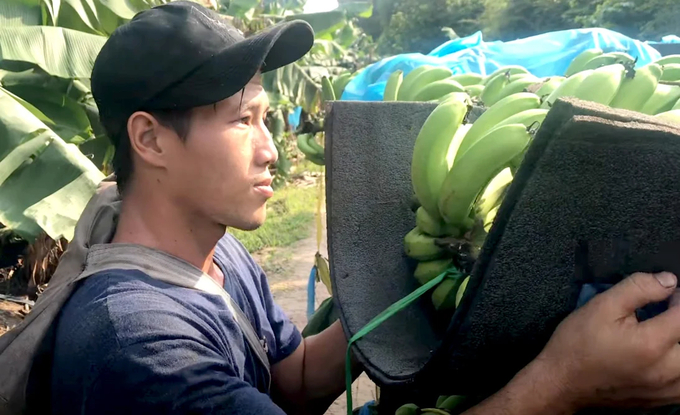
Harvesting bananas at a farm in the Southeast region. Photo: Son Trang.
In the first months of 2024, Vietnam, for the first time, became the largest banana supplier to the Chinese market.
Information from the General Administration of Customs of the People's Republic of China (GACC) shows that in the first two months of the year, Vietnamese bananas imported into China reached 173 thousand tons, worth USD 70 million, accounting for 51.5% in volume and 45.1% in terms of quantity value in China's banana imports.
With the above proportion, it is easy to see that Vietnamese bananas accounted for more than half of the banana imports into China in the first two months of the year. It means that Vietnam has surpassed the Philippines in becoming a significant banana supplier for this market.
Regarding output, Vietnamese bananas surpass Philippine bananas in the Chinese market. This year, Philippine banana production is low, causing the price of this country's bananas to differ significantly from that of Vietnamese bananas.
Specifically, in the first two months of this year, the average price of Philippine bananas imported into China was USD 524 per ton, while Vietnamese bananas were USD 405.4 per ton. In 2023, Vietnam was the second largest source of imported bananas for the Chinese market.
Therefore, many Chinese traders switched to buying bananas from Vietnam when there was a significant price difference between Philippine and Vietnamese bananas.
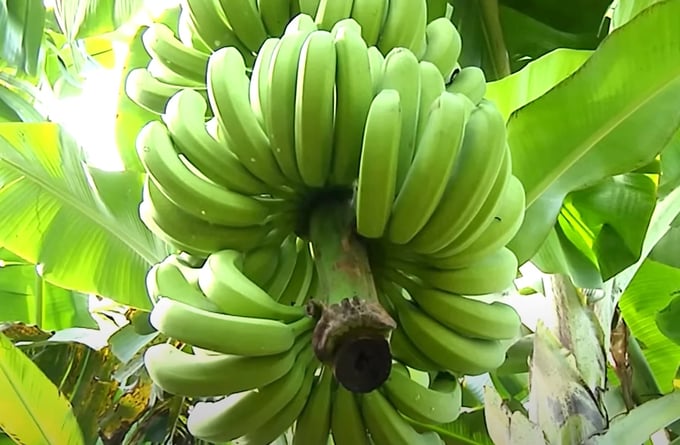
Chinese consumers are gradually becoming more interested in Vietnamese bananas. Photo: Son Trang.
Not only does output decrease, but Philippine bananas also decrease in quality. In the past, Philippine bananas were always highly appreciated for their flavor, but this season's quality could be better, while the quality of Vietnamese bananas is improving. Therefore, Chinese consumers are gradually paying more attention to bananas imported from the Vietnamese market.
The peak selling season for bananas in China lasts from February to March yearly. This year, because the banana harvest in China is later due to adverse weather conditions, the peak banana import season is expected to last until April 2024.
Vietnam has many opportunities to promote banana exports to the Chinese market shortly. However, the sharp decline in banana export prices is causing specific concerns for Vietnamese banana growers.
According to the GACC, in the first two months of 2024, bananas imported into China reached 337 thousand tons, worth USD 160 million, an increase of 6.1% in volume but a decrease of 17.2% in value compared to the previous year, the same period in 2023.
The quantity increased, but the value decreased sharply because the average price of imported bananas in the first two months of 2024 decreased by 21.9% compared to the same period in 2023, at an average of USD 474.5 per ton.
In that general decrease, the price of Vietnamese bananas imported into China decreased significantly, with a decline of 16.2% compared to the same period in 2023.
However, this is the lowest decrease among the supply sources supplying bananas to the Chinese market. Also, in the first two months of the year, the price of Philippine bananas imported into China decreased by 18.2%; Ecuadorian banana prices decreased by 26.6%; Cambodian banana prices decreased by 30.7%; Lao banana prices decreased by 40.6% and prices other supplies decreased by 30.9%.
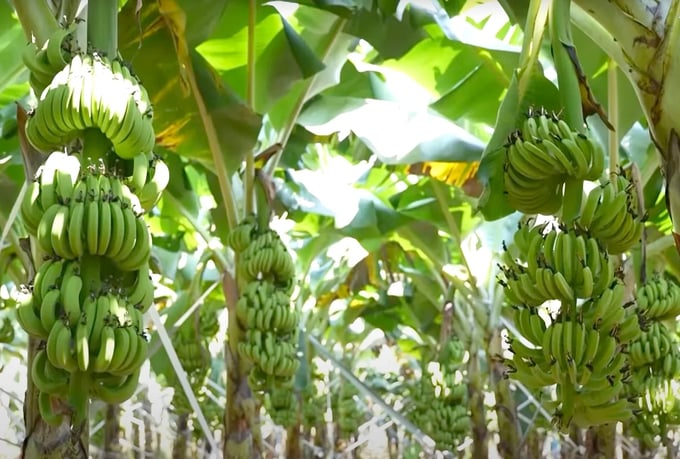
Banana garden for export of Thanh Binh General Agricultural Cooperative. Photo: Son Trang.
The sharp decrease in the price of bananas imported into China is because more markets are exporting bananas to China. Mr. Ly Minh Hung, Director of Thanh Binh Cooperative, Trang Bom district, Dong Nai province, said Ecuadorian bananas have recently been exported to China.
Thus, in addition to the primary sources of supply in Southeast Asia, such as the Philippines, Vietnam, Cambodia, and Laos, in recent years, Chinese traders have looked to South America to diversify the supply of imported bananas. In particular, the amount of bananas imported from Ecuador into China shows a strong upward trend.
In the first two months of 2024, 37 thousand tons of Ecuadorian bananas were imported into China, worth USD 23 million, an increase of 81.2% in volume and 33% in value compared to the same period in 2023.
Due to high shipping costs, much higher than in Southeast Asian countries, the price of Ecuadorian bananas imported into China is the highest among the leading suppliers (average USD 620.2 per ton).
The number of bananas imported from Ecuador still increased very strongly. Therefore, Vietnamese and Southeast Asian countries will face increasingly intense competition from Ecuadorian bananas this year and in the coming years.
Many Vietnamese businesses are trying to develop other markets and seek new markets for Vietnamese bananas to reduce dependence on the Chinese market. For example, Thanh Binh Cooperative has exported orders to Malaysia, Singapore, Korea, Japan, Qatar, Saudi Arabia, etc.
Director Hung assessed that these are potential markets because there is demand for bananas almost all year round. If banana growers agree to produce to meet export standards in these markets, orders will be at stable prices throughout the year.
Translated by Huong Giang
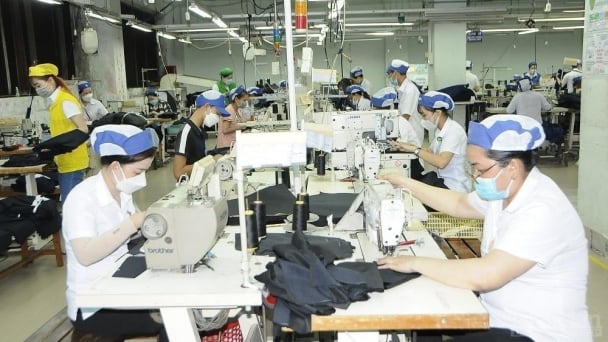
(VAN) U.S. tariffs are not only a 'shock', but also an opportunity for Vietnamese businesses to renew their mindset toward comprehensive development.

(VAN) As Bac Giang lychee enters the harvest season, Minister Do Duc Duy expects that the fruit will contribute greatly to agricultural exports due to standardized production and deep processing.
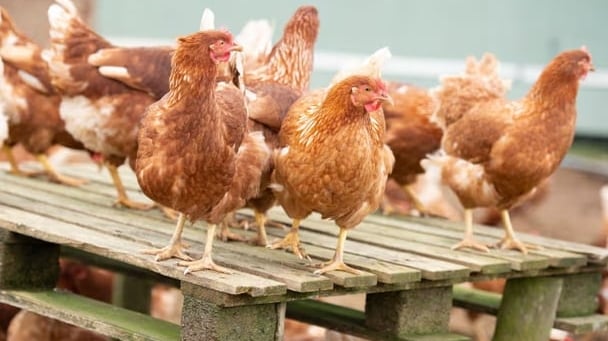
(VAN) Consumers have shown a preference for free-range eggs, but those farming systems are more vulnerable to biosecurity risks like bird flu.
/2025/05/09/5701-1-184335_301.jpg)
(VAN) Vietnam’s eel exports nearly doubled thanks to a mud-free farming model, opening up new prospects while still facing numerous barriers related to international standards.

(VAN) Minister Do Duc Duy warned that if production is not professionalized and supply chains are not transparent, the U.S. market could become a growth bottleneck.
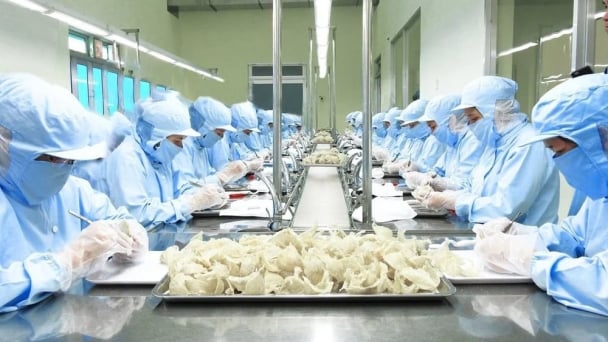
(VAN) Delegating surveillance responsibilities to local authorities is a cost-saving and efficiency-boosting measure that removes a key bottleneck for enterprises, according to Director General Duong Tat Thang.
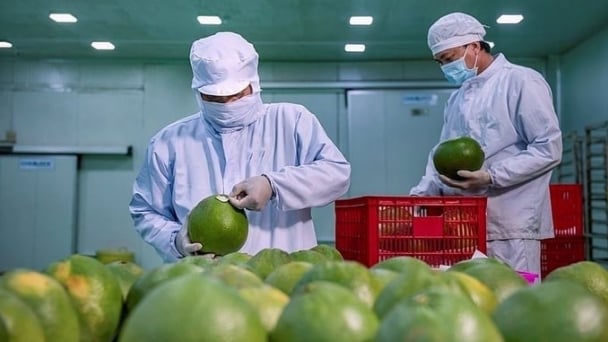
(VAN) Australia's final report on biosecurity has just been released, contributing to expanding the market for Vietnam's fruit with an output of nearly 1 million tons.